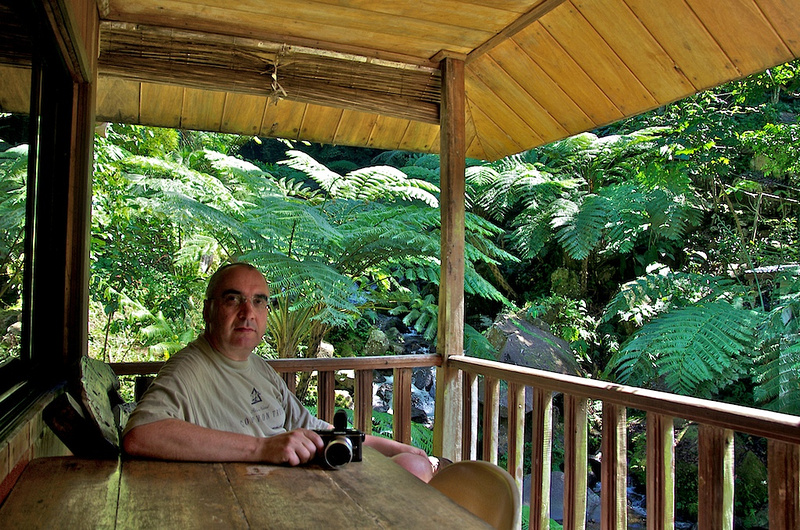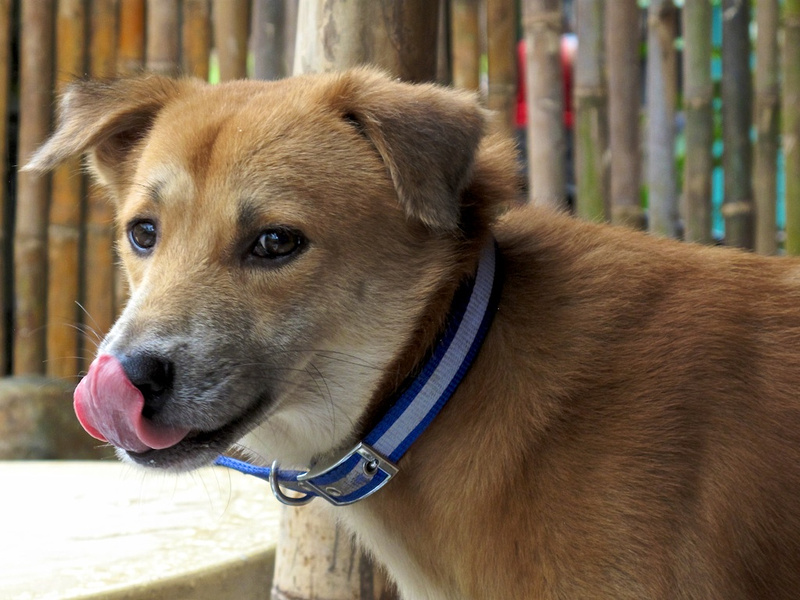

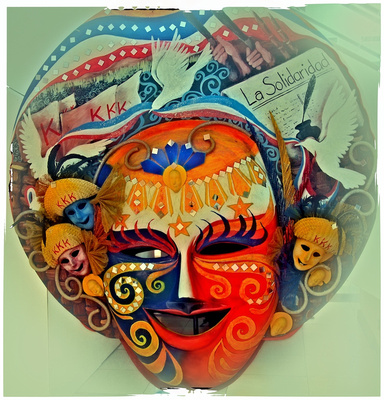

"THE PEARL OF THE ORIENTAL SEA" is another name used for the Philippines. With over 7000 islands, one can truly think of 'pearls', and the Orient it is for sure. Due to late booking of my flights, I was only to get a reasonable priced flight on Christmas Eve, 24 December, which was fine. Waiting a whole weekend in Tyre to be able to leave was not enjoyable, but what to do.
The flight with Emirates from Beirut via Dubai was good, albeit to long for my taste, even if one could say that a total travel time from Beirut to Manila of 14 hours is not to bad. I am just not enjoying the long flights anymore, Economy or Business Class, does not matter as the time is the same. So when we finally approached Manilas Nino Aquino International Airport (NAIA) I was more than happy that it was over. Since we were approaching the airport in the late afternoon but still with light, again one could see how big Manila with all it's adjacent cities has become. Since I was not flying Philippine Airlines, which has it's own dedicated terminal, I was arriving at terminal 1, that is allocated to all other foreign airlines. It is by now to small and the ques in front of the immigration are long, especially for Filipinos. The 'Foreigner' line was relatively small, so that it was no problem to pass. Since there were several airlines from the Middle East that arrive around the same time, the luggage collection was mayhem. It took well over one hour before the bag arrived on the belt which had huge pile-ups of luggage. After that it was about another 30 or 40 minutes before our friend managed to reach the arrival hall with the car and that we could depart.
'Approach to NAIA airport coming via Manila Bay' (below)


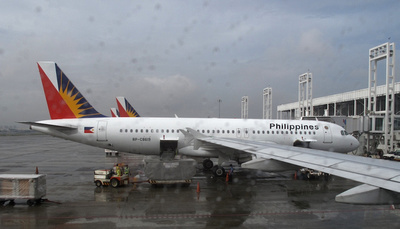


 Manila Skyline at night - from a moving Taxi :)
Manila Skyline at night - from a moving Taxi :)
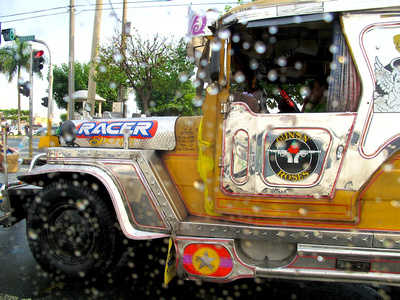
 The Jeepney - to be found only in the Philippines
The Jeepney - to be found only in the Philippines
The next day was spend in Manila, due to limited availability of flights as it was Christmas Day and in order to recover from the long flight. We visited some old friends from the Middle East who have retired in Manila, in one of the many new developments that are rising in the city like mushrooms. Their place is in Bonifacio Global City, Taguig, right next to Manila or more or less a part of it anyway, but not administratively. The place is new and clean and organized, has even a Ferrari Dealership besides and excellent Hospital and other enterprises. Of course the usual Fast Food outlets as all over the world are found here as well, but they put an Asian touch onto their menu. Apparently the biggest Mall in Asia is located now in Manila, right at Manila Bay on Roxas Blvd., of course and attraction not to be missed. As everywhere these days, it has the usual shops that can be found from New York to Berlin to Beirut, same stuff, similar prices. Something new is the Ice-ring, 32 degrees outside and humid, inside you can skate, like the Ski arena in Dubai.


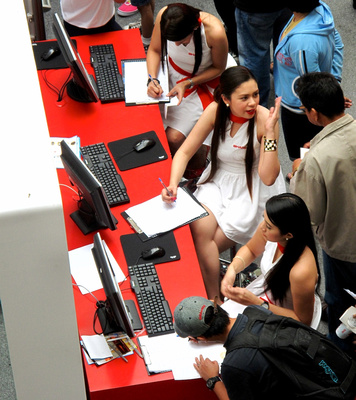

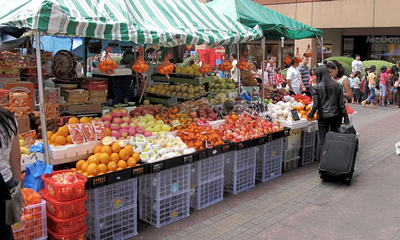

But enough now of Manila and it's malls etc. and on the way to Negros the next day. One thing that never happened to me before in any of my travel adventures is that Philippine airlines managed to completely label my luggage incorrectly, i.e wrong name and wrong airport. Certainly something new for me to. Instead of going to Bacolod, they send it to Tagbilaran which is on a different Island and with the name of a woman, not even mine. Anyway I noticed and I must say, besides this mistake, Philippine Airlines very efficiently managed to recover the bag and deliver it with a later flight, the same afternoon. The flight to Negros is about an hour, the plane is usually a new Airbus A 320 which is better equiped then the one Lufthansa uses to fly cattle between Beirut and Frankfurt. Hello Lufthansa, take note of that. Negros greeted us with clouds and high humidity that day, rain in the forecast.
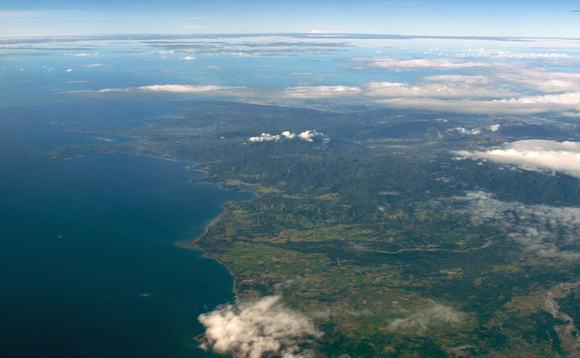

The Negros Coast
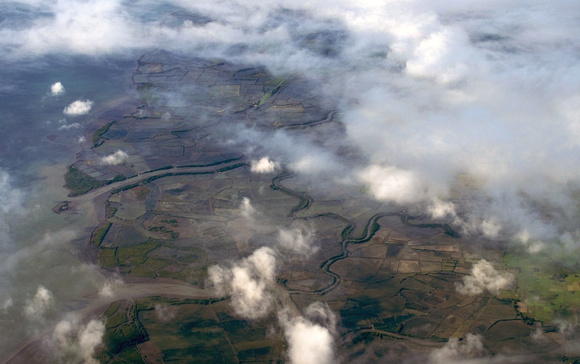
 Rice Fields are abundant
Rice Fields are abundant
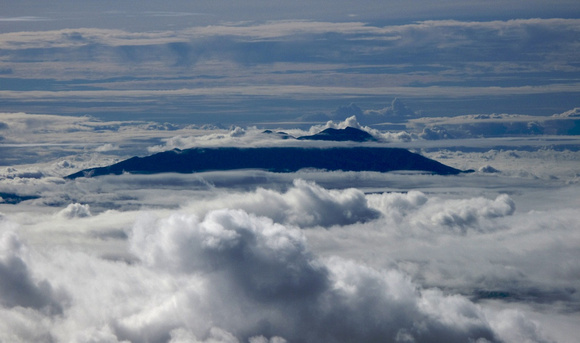
 Mt. Kanlaon rising above the clouds. It is separating the island into the Province of Negros Occidental with the capital of Bacolod (were we are) and the Province of Negros Oriental with the capital of Dumaguete.
Mt. Kanlaon rising above the clouds. It is separating the island into the Province of Negros Occidental with the capital of Bacolod (were we are) and the Province of Negros Oriental with the capital of Dumaguete.
After the trip from the airport we finally reached our house in Bago - City, or better just outside the city which is sorrounded by Coconut Palms, rice and sugar cane fields. I had not seen since we build it a couple of years ago. It turned out very nicely, with several bedrooms, a large living and dining room and an open kitchen and a big bathroom. What can one ask for more. The neighbours are all family, close or extended, so it is considered safe!
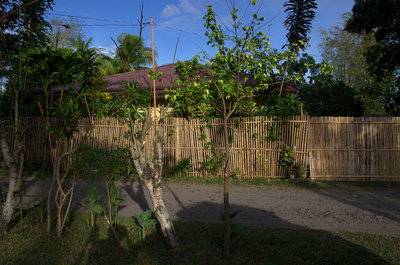



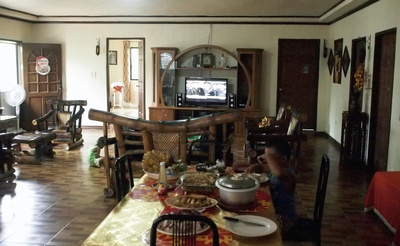



From our house as base we did a lot of journeys to the wider countryside. There are the beaches of Valliadolid and the slopes of Mr. Kanlaon that is still covered by rainforest. Small resorts are to be found in either of these places, many of them are hidden gems. Apparently there is still a minor problem with an armed insurgency around the Kanlaon Volcano and towards the south-west of the island, at least if one listens to the people living in the area and reads the local newspapers. It does not seem to be predominant anymore, but it is still there in the form of groups of the New Peoples Army roaming the country side. If, then their target are usually the government institutions as well as government figures and landowners.
Most land on Negors belongs to the "Hacienderos", a group of rich or also not so rich landowners that claim vast pieces of land as their own, mostly sugar cane. There are also rice fields and coconut and other fruit plantation, but he province of Negros Occidental is mostly used for sugar cane cultivation.
The following photos are all taken in the countryside around our house, the slopes of the Mt. Kanlaon Volcano and the sea.
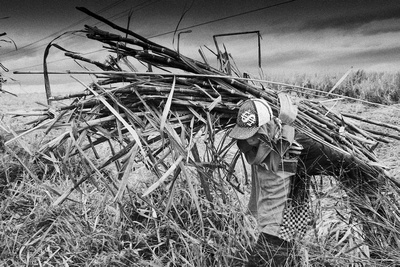





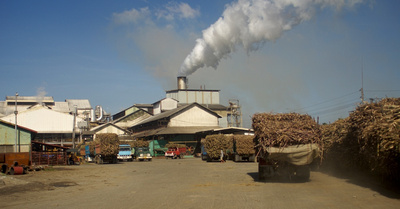

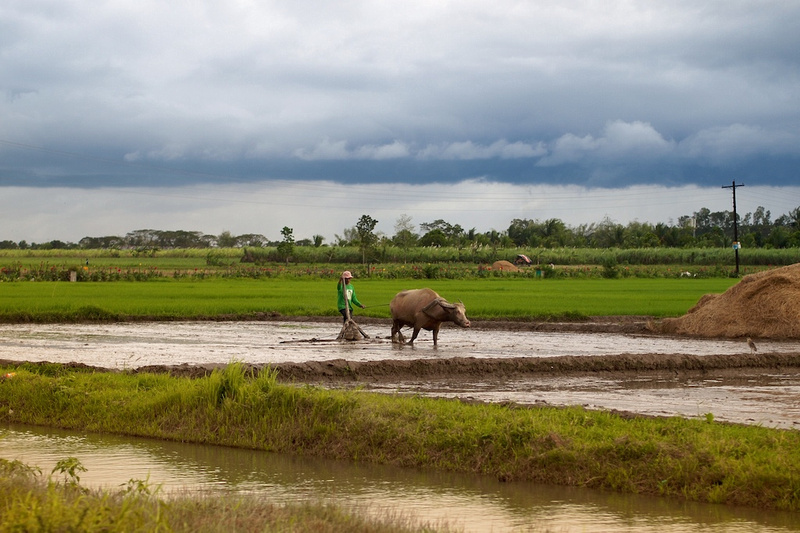



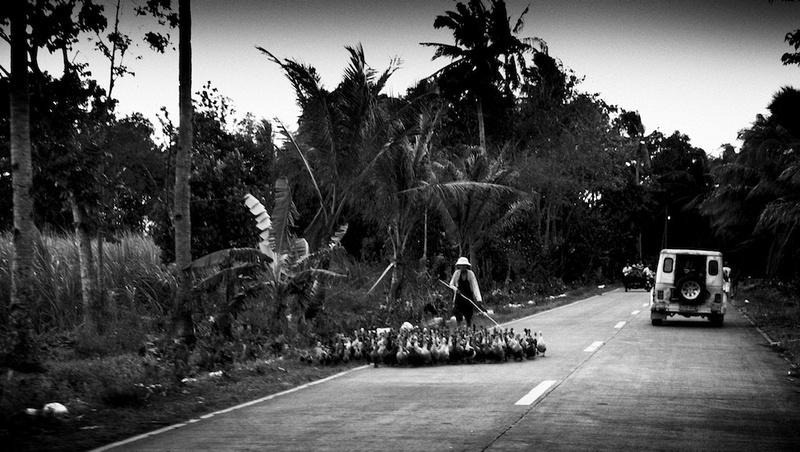

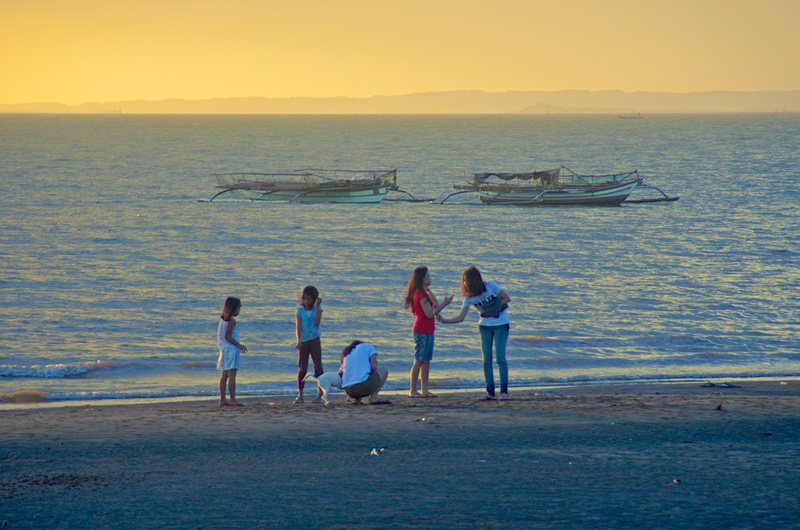



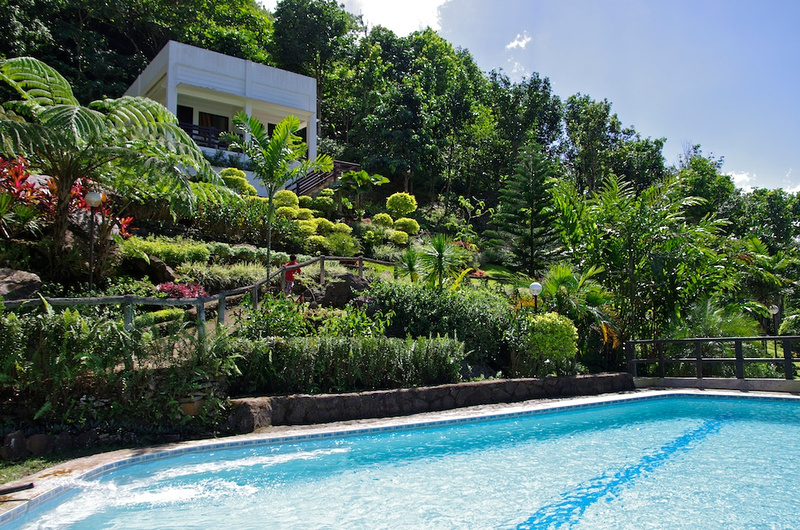



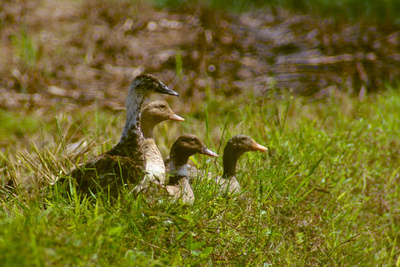

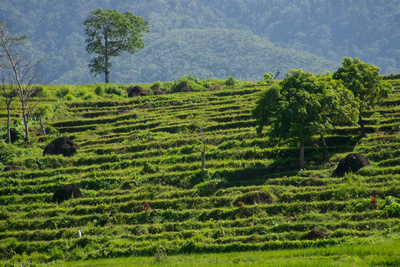

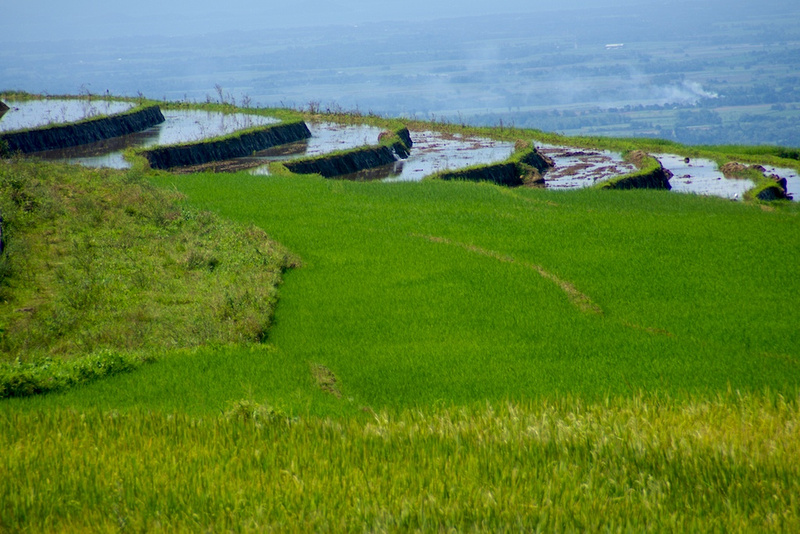

The end of the year 2012 we spend in our house with the family. New Year and New Year Eve are taken very seriously in the Philippines, especially with regard to fireworks. The area were our house is located is separated from the nearest city through a river and when New Year came about, well actually hours before the crackling of fire crackers, fireworks and explosion could be heard from all directions. However this was nothing to the firestorm that broke loose at midnight and when New Year 2013 was reached it was as if the 'Tet' Offensive of 1968 happened all over again (my imagination) and I was on the banks of the Perfume River. The horizon across the river lit up with a crimson glow and exploding fireworks were seen all over the dark tropical sky, accompanied by the various explosions of all kind of fireworks that sounded like bombs and machine gun fire. In the shops I saw firecrackers sold that had the sinister name of 'Atomic Bomb' and certainly sounded like one.

 People are jumping all around greeting the New Year with as much noise as possible. Many of them are intoxicated already on Tanduay Rum, San Miguel beer or whatever else of local brew, legal or illegal. Food is served and whole families and neighbours are visiting each other, including the local priest to sit down to eat and drink, with the priest proclaiming that each glass of whiskey he is consuming is 'moisturizing his skin'! When I finally go to bed, trying to fall asleep, while some kid is still blasting away on the Karaoke, trying to sing "Brain Damage" from Pink Floyd. I feel the song fits right in, roll over and close my eyes and drift off into LaLa land.
People are jumping all around greeting the New Year with as much noise as possible. Many of them are intoxicated already on Tanduay Rum, San Miguel beer or whatever else of local brew, legal or illegal. Food is served and whole families and neighbours are visiting each other, including the local priest to sit down to eat and drink, with the priest proclaiming that each glass of whiskey he is consuming is 'moisturizing his skin'! When I finally go to bed, trying to fall asleep, while some kid is still blasting away on the Karaoke, trying to sing "Brain Damage" from Pink Floyd. I feel the song fits right in, roll over and close my eyes and drift off into LaLa land.
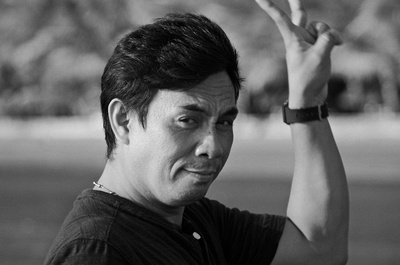

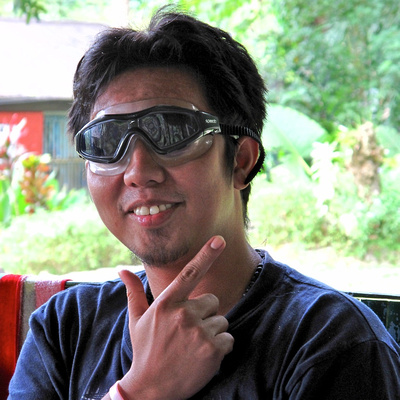

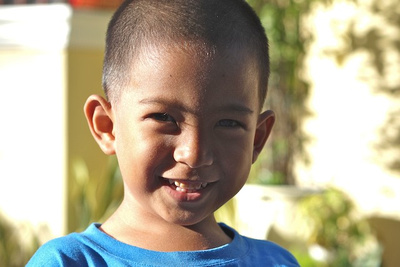

But we did not only stay around the house, we also went across the island to Dumaguete. That side of the island is even more tropical and lush the side we live on, more coconuts and rice field and not so much sugar cane. The drive takes about 5 hours when driving slowly, the roads winds through the Kanlaoon range and as of now, part of it is under repair. Surprisingly, many roads in the Philippines are not tarmac but made of cement which is very labour intensive but lasts much long when completed. The road winds through the hills and is the countryside is dotted with small villages and farms. In the Philippines most villages and houses are build along the national roads as the land beside the road on either side for 10 or 12 meters is government owned and no private landlord can force people off it. Even driving through the mountains, it was not easy to find a place to pee were there was no habitation around. In Duamguete we stayed actually in Dauin, which is about 20 km south of the town and opposite APO Island, a premiere dive site in the Philippines. We choose the Bahura Resort, which was very nice and pleasant, with two infinity pools, nice restaurant and bar as well as rooms. The food was local and very good, unfortunately the weather was not complying, we had a tropical depression moving through with wind and rain, but thanks God it was not a Typhoon. We nevertheless enjoyed the pools and made trips to the Twin Volcano Lakes, located about 1500 m above sea level, and only reachable via a 16 km track that was manageable with a 4x4 and resembled a lot of off road driving, which I enjoy. The whole mountain range was covered in mist, especially the upper parts which made it kind of mystic. People live all along the track but as higher you reached the poorer their conditions were. Due to weather and time constraints we only reached the first lake as for getting to the second lake you need to use a boat across the first lake and then continue with a short hike to the second lake. The vegetation around was purely tropical, it was not to warm due to height and cloud cover, but boy was it humid, a kind of damp humidity. Tropical fruits and flowers were abundant and all of us could have spend a much longer time up there. Once I am retired, I will explore that part much more in depth. Dumaguete itself is a nice town, seat of the premiere University in the Philippines for Marine Biology (Siliman University). It also had the feel of a real University Town with lots of students around, cafe's, bars, restaurant and I think what must have been a million scooters. It has some old Spanish houses and over all is a pleasant place to stay. On our way back to Bacolod, we decided to circumvent the island to the north, which turned out to be not such a good decision as most of the road was under repair in the last half of the way due to an earlier Typhoon and an earthquake a year ago which had damaged some bridges etc. What to say it was a long and strenuous drive but in the end we were happy to have done it as we discovered that there are more hidden treasures in that part of the island that are worth exploring next time, like the 'Negros Chocolate Hills" and some 'white sand islands', postcard kind as we all imagine them. The northern part of Negros Island is dominated by 'Haciendas' that grow nothing else then sugar cane as far as one can see. Che Guevara would have found a good reason to start a revolution here as it is a very poor area, people being bonded to the big landowners, many of them living in abject poverty. The rest of the stay was spend again going to Mt.Kanlaoon, roaming around the slopes. Again we were warned of the presence of the NPA, which I did not want to believe, but which was confirmed by an ambush on a police patrol only 2 weeks after we left in the area of La Castellana, news that made it into Al Jazeera and the BBC as 9 Police Officers and village guards were killed in that ambush. Although often attributed to the NPA, often personal revenge attacks are also conducted under the cover of this. Below are photos that show more of the live and the landscape of Negros Occidental and I personally can't wait to get back there.
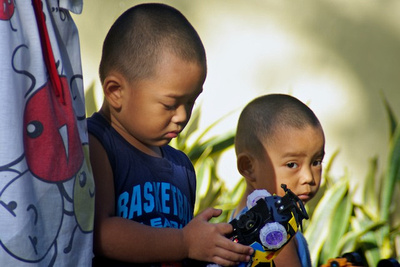

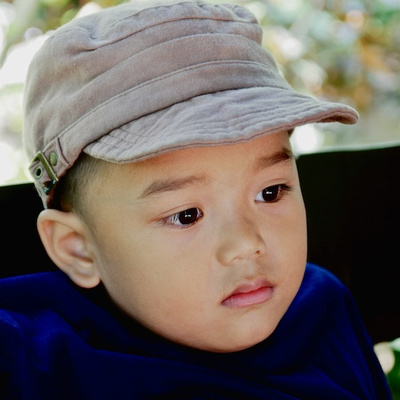

In general one can say that the Filipino people are happy to be photographed and they like to 'pose' and therefore it is sometimes not so easy to get unposed photos. However, they are also very critical of how they look, often not happy the way the see themselves in photos, very conscious of being good looking at any time.
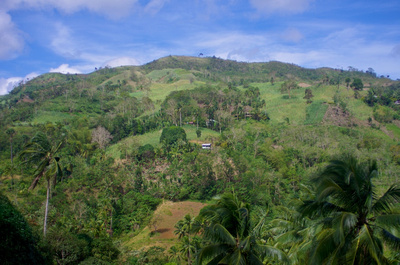

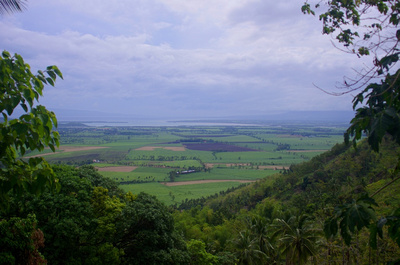

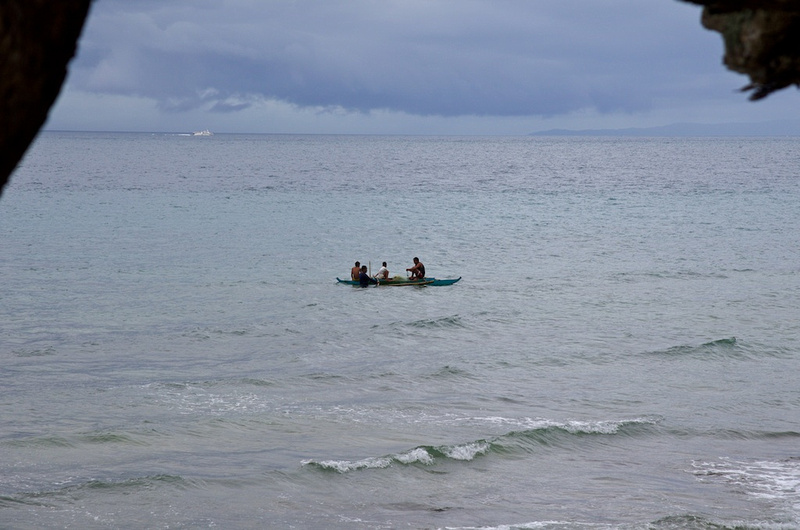

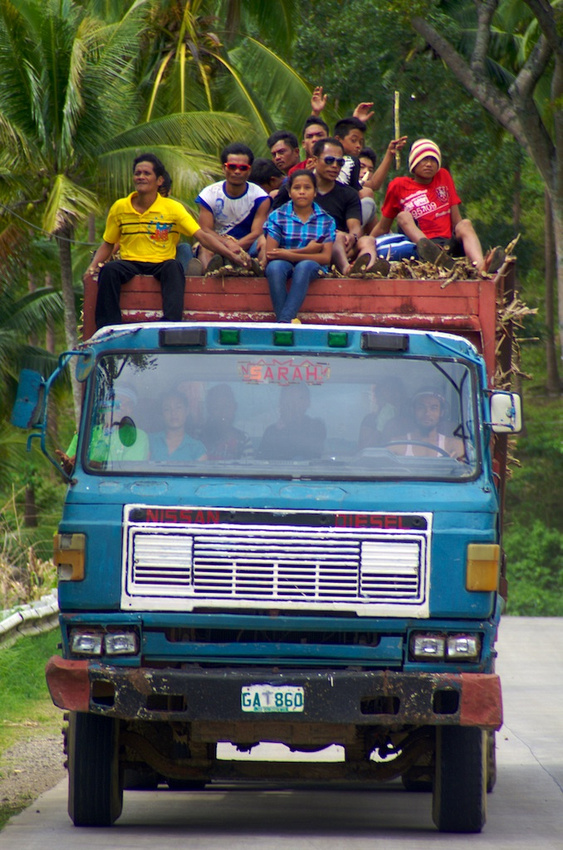

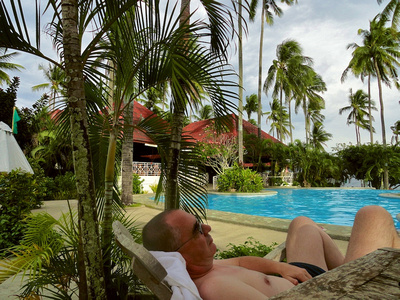

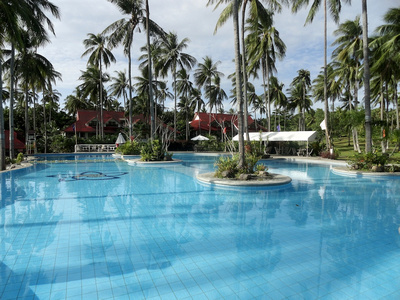

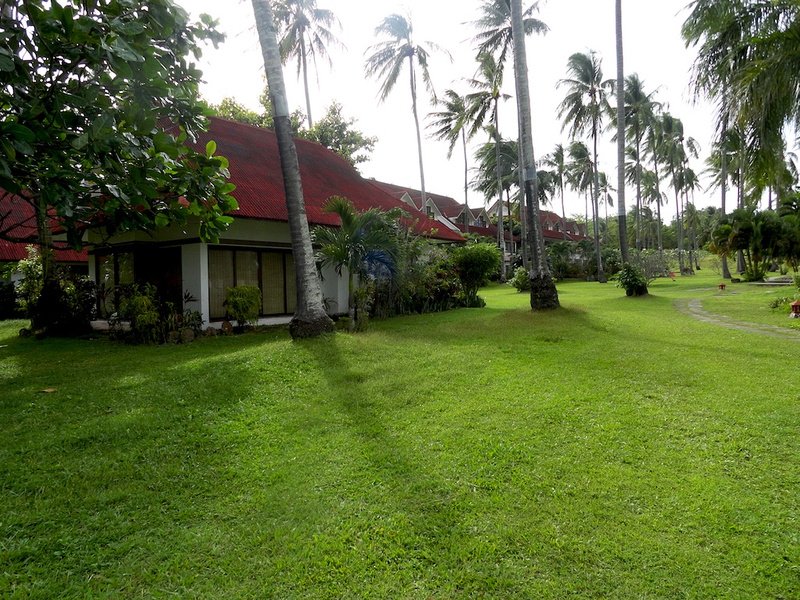

'Bahura Resort' - Dauin, Dumaguete, Negros Oriental (I did enjoy the pool:))
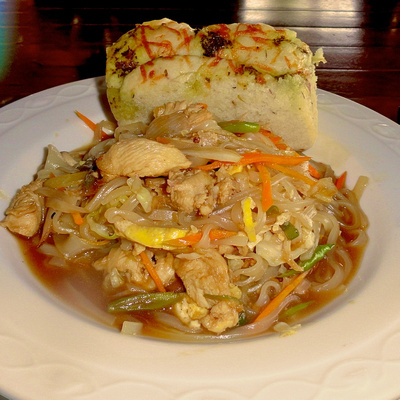



No comments, tasted all good!
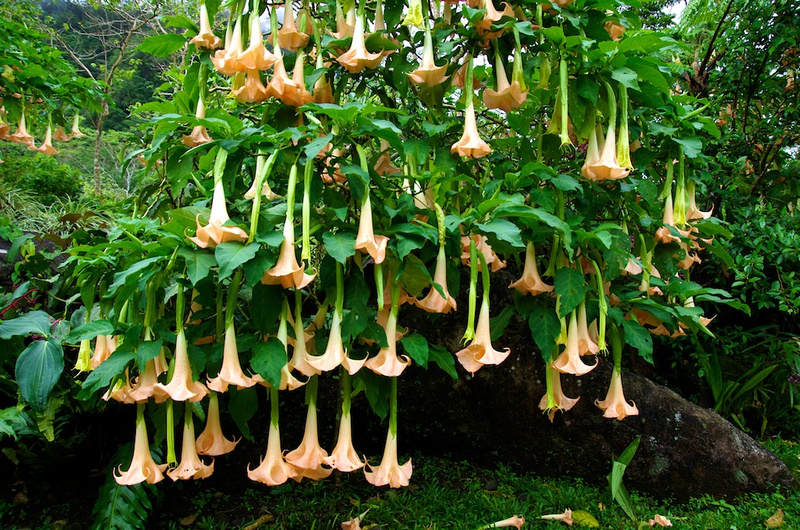

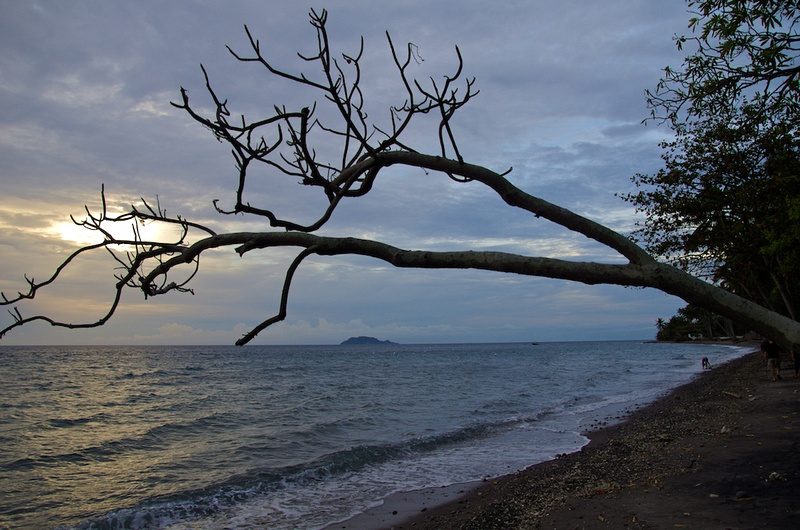

APO Island - Excellent Diving site, but we could not go because of bad weather due to a tropical depression passing through.


The road up to the Twin Lakes, this was the good part and easy. I have no photos from the bad part, could not stop to photograph.
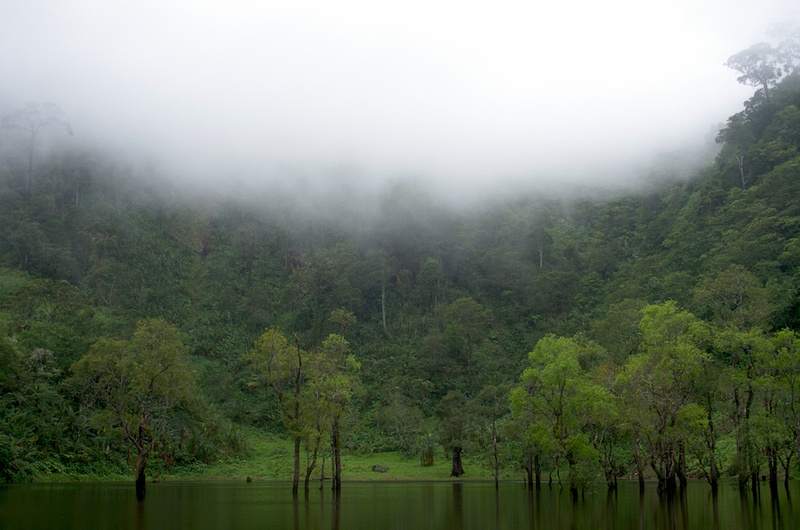

One of the Crater lakes
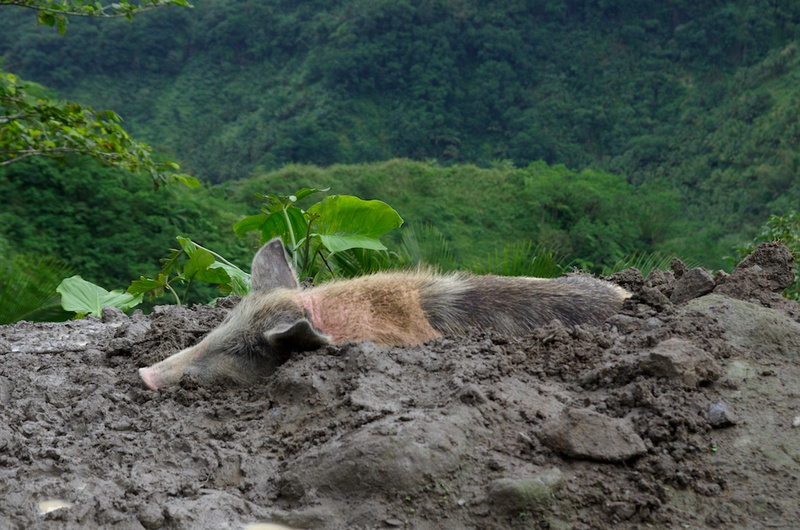

One way or the other, a pig living dangerously - The drop down to the valley was at least 30 meters or ending up like the other one further up.
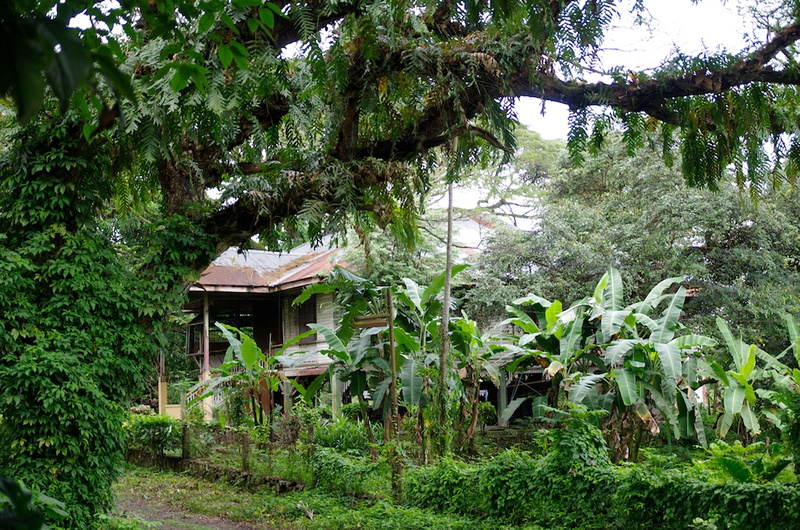

Old Spanish Plantation House in Bais.
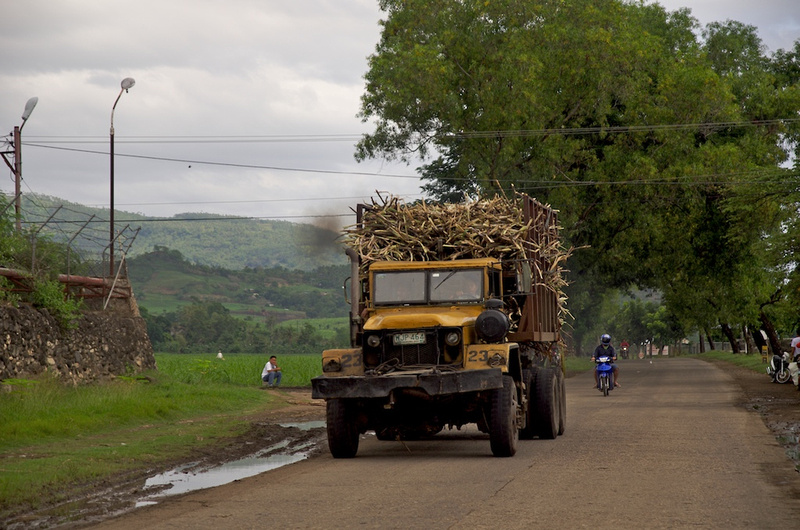

Old US Army truck loaden with Sugar Cane. Some of the trucks must date back as far as WW II, not this one it is probably from the 60's.


Steam Engine that was used to haul the sugar cane trains from the fields directly to the Sugar Mills. This one is in Bais near Dumaguete.
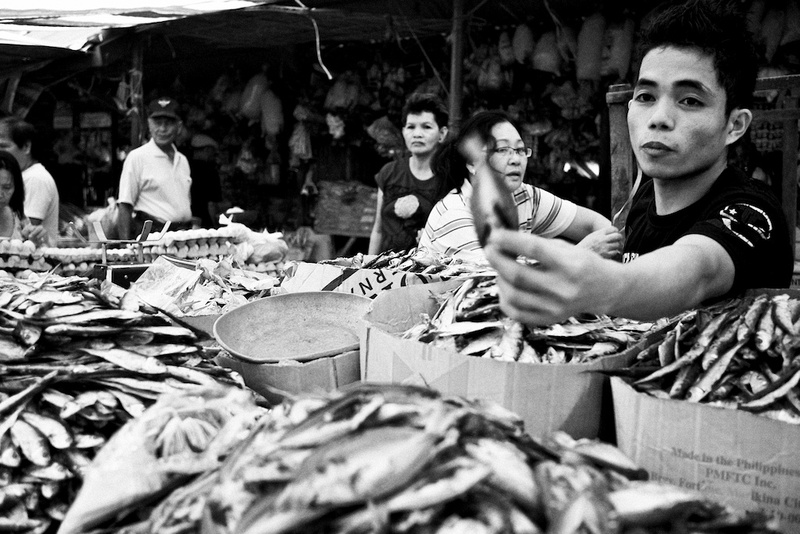

A local market early morning, selling dried fish. It tasted well, the smell, one needs to get used to.
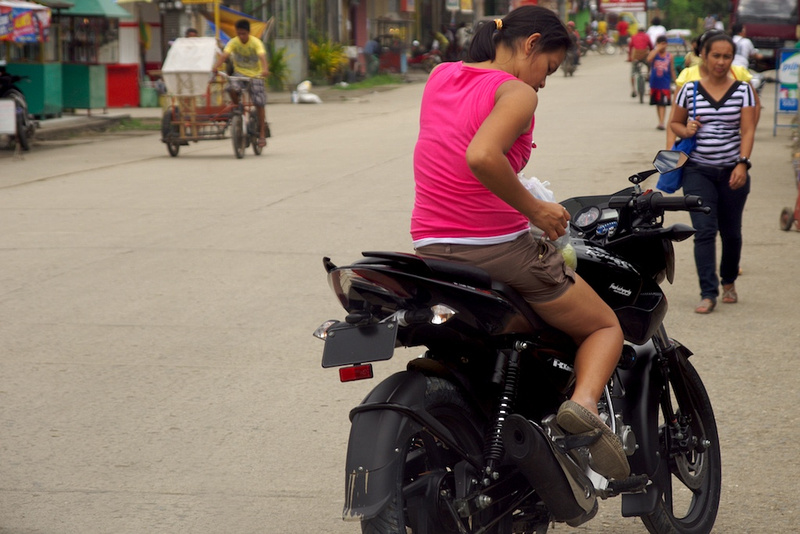

The following a photos from a visit to the local provincial market in the early morning as well as photos from people working in the local salt pans.
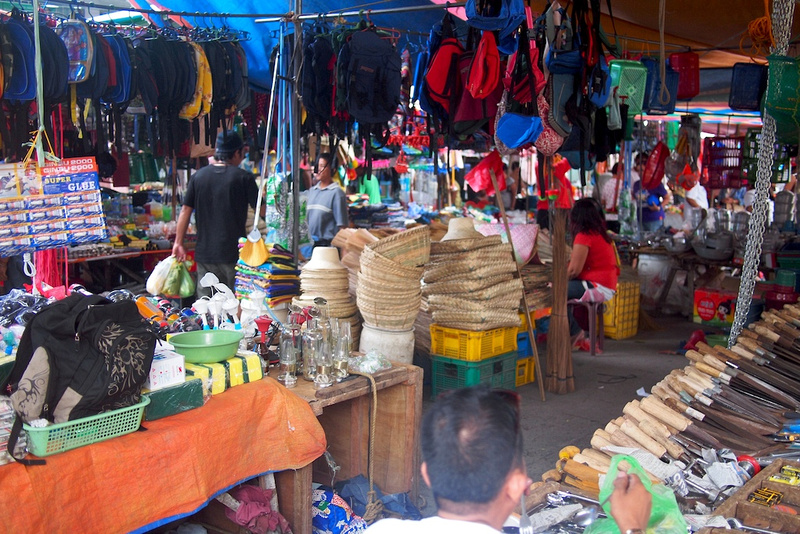

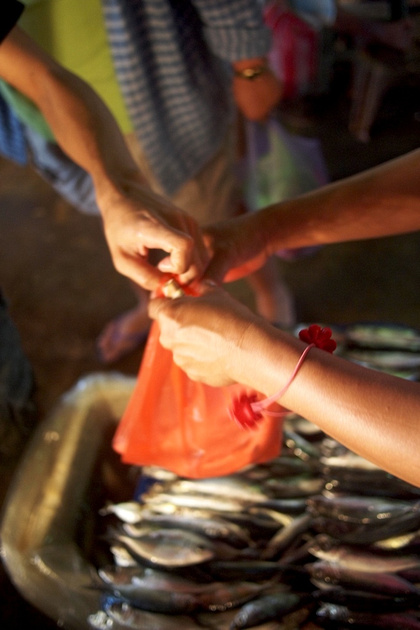



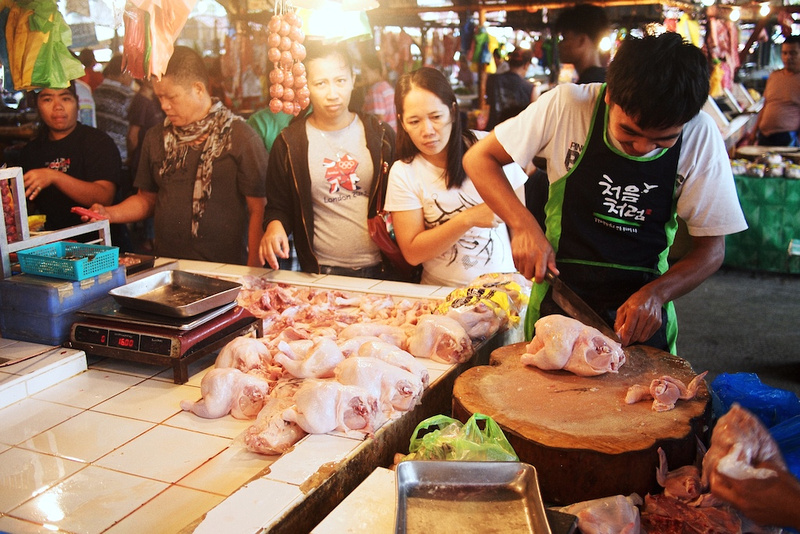

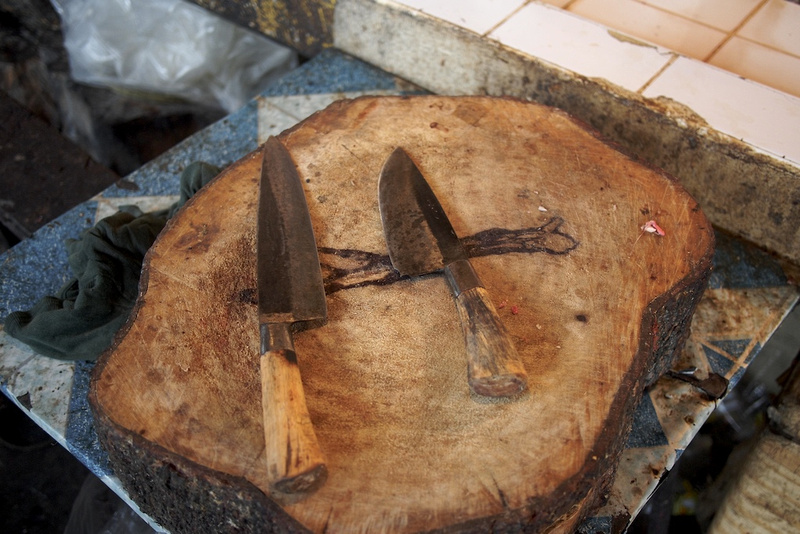

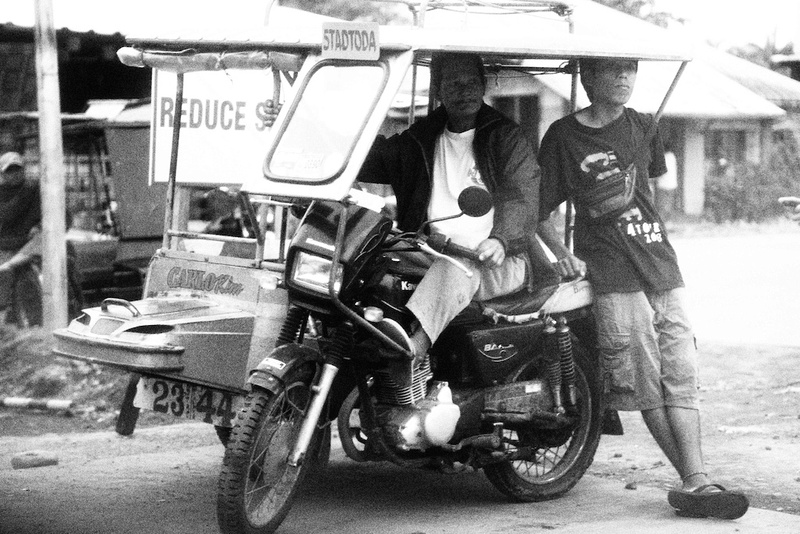



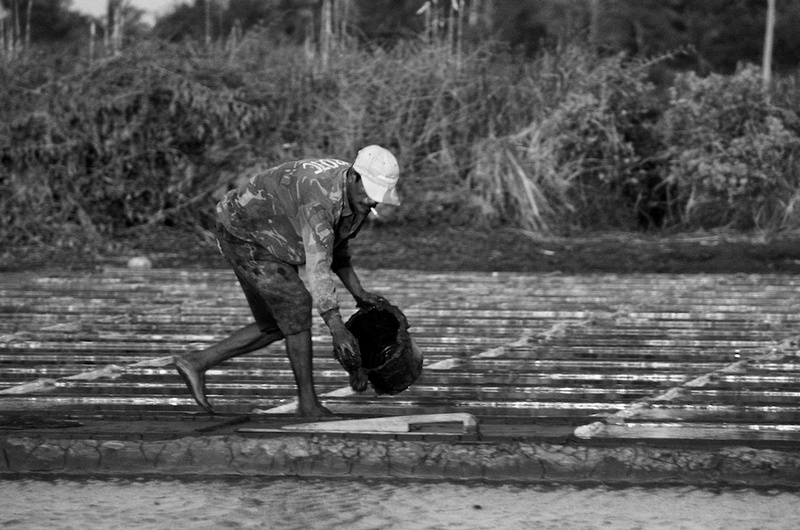

For the photographers amongst you that would be interested, I can say that lugging 3 cameras around was not always easy, I even took a tripod but did not use it once. Luckily Emirates gives 30 kgs free so at least it did not take away precious kilos. From the three cameras which did I use the most? I can see the Canon G-10 is still the camera to take anywhere, even so now the new G-15 would be a good choice. Good range of optic (28 to 14mm), capable to shoot RAW and JPEG at the same time, 14 Megs with enough data for bigger enlargements. Like before the G-5, it is the camera I use most. Most disappointing was the Sigma Lens 70-200mm/2.8 for the Pentax DSLR, the auto-focus gave up on me again. I had it fixed under warranty in the US about six months after I bought it in 2009, now again it gave up, so completely not impressed, although when working it delivers good results. I had my old 15 years old 28-200mm Tamron with me as well from the film days, it worked like a charm still, no complaints. I did like the Olympus EP-2 and the lenses. I did not bring the manual Leica lenses for the camera, but the the Olympus (90 and 35mm equiv. and the Panasonic 40mm equiv.) are excellent and the results are very nice. The size of the camera is good, a bit like the Leica M series and a good alternative as a carry around camera. The sensor is smaller then DSLR but I found it not to be an issue. The DSLR was nice to have in some places but more and more I start to dislike to size and weight to carry around. I could envision to do away in favour for an MFT 4/3 camera system in the long run as it is smaller, but with excellent results.
Please excuse any spelling mistakes that might still be in the text, I have read it several times but after a working day everything becomes a blur after a while. I have not completely finished the task and might ad photos later (the dog:) but with all the other things going on in the office, there is only a short time I can devote to sitting at the computer in the evening. With best regards and take care, always,
Achim
